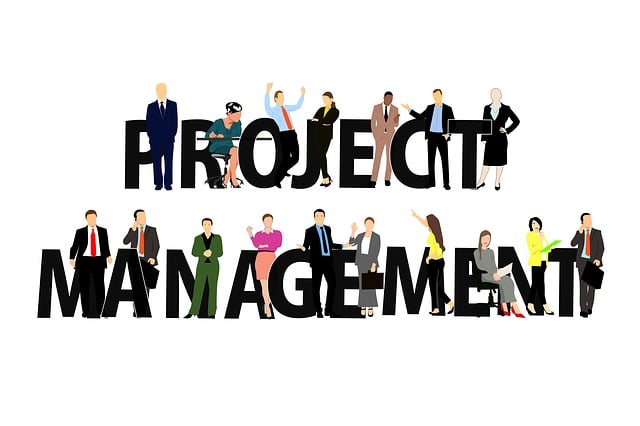Active listening and clear communication are vital for team success, driving results through open dialogue, mutual understanding, and effective collaboration. Regular feedback loops, structured messaging, visual aids, and inclusive discussions enhance teamwork, decision-making, and productivity, ultimately achieving desired outcomes more efficiently.
In today’s collaborative work environments, effective communication techniques are the cornerstone of successful team dynamics. This article explores proven strategies that drive impactful results. We’ll delve into active listening, a vital skill that fosters understanding and aligns efforts. Next, we’ll uncover the art of clear messaging, ensuring every team member grasps shared goals. Furthermore, we’ll explore open dialogue promotion, where feedback becomes a powerful tool for collaboration and innovation. Implement these techniques to transform communication from a mere task to a catalyst for exceptional team outcomes.
- Active Listening: The Cornerstone of Effective Team Communication
- Clear and Concise Messaging for Optimal Understanding
- Fostering Open Dialogue: Encouraging Feedback and Collaboration
Active Listening: The Cornerstone of Effective Team Communication

In any team setting, active listening serves as the cornerstone upon which effective communication is built. It involves not just hearing what’s being said but processing and comprehending it fully, with the intention of responding thoughtfully. When team members actively listen to one another, they foster an environment that encourages open dialogue, enhances understanding, and promotes collaboration. This practice ensures everyone feels valued and heard, aligning resources with desired results in projects. By focusing on the speaker and seeking clarification when needed, active listening helps in accurately interpreting information and ideas, thereby creating valid measurements for success criteria and learning objectives.
Regular feedback loops, a direct outcome of active listening, enable teams to gauge progress and measure their efforts against predetermined goals. This continuous process allows them to make necessary adjustments promptly, ensuring they stay on track towards achieving the desired outcomes. Moreover, it promotes a culture of continuous improvement where successes and challenges are openly discussed, leading to enhanced teamwork and better decision-making processes within the team—all accessible when you find us at achieving these desired outcomes.
Clear and Concise Messaging for Optimal Understanding

In team communication, clarity is key to achieving desired results. Clear and concise messaging ensures that every team member understands the objectives and can contribute effectively. When messages are succinct and well-structured, they minimize misunderstandings and foster a shared understanding of tasks, goals, and expectations. This clarity empowers teams to collaborate seamlessly, streamlining workflows and enhancing overall productivity.
Furthermore, this approach allows for better measurement of success criteria and learning objectives. By clearly communicating these from the outset, teams can track progress and assess outcomes more accurately. Artistic expressions, such as visual aids or intuitive language, can also serve as results-driven tools when incorporated into communication strategies. Optimizing learning strategies with clear messaging ensures that everyone is on the same page, facilitating a cohesive and efficient team dynamic. Give us a call at navigating changing environments to explore how these techniques can be tailored to your unique team needs.
Fostering Open Dialogue: Encouraging Feedback and Collaboration

Fostering open dialogue is a cornerstone of effective team communication. When team members feel comfortable sharing ideas, asking questions, and providing feedback, it creates an environment that encourages collaboration and innovation. Start by establishing clear guidelines for respectful communication, ensuring every voice is heard and valued. Incorporate regular check-ins or casual discussions to allow informal sharing of thoughts and updates. This helps build rapport and promotes a more transparent team dynamic.
Promoting constructive criticism for improvement through both formative and summative assessment techniques can significantly enhance open dialogue. Formative assessments provide opportunities for ongoing feedback, allowing team members to adjust their approaches mid-project. Summative assessments at key milestones offer a chance to reflect on overall performance and set goals for future success. By integrating these methods, teams can create a culture where learning and growth are continuous processes, ultimately leading to better results. Visit us at individualized educational paths anytime for more insights tailored to your team’s unique needs.
Effective communication techniques are the key to unlocking a team’s full potential. By mastering active listening, conveying information clearly and concisely, and fostering an open dialogue that encourages feedback and collaboration, teams can achieve remarkable results. These strategies create an environment where ideas flow freely, misunderstandings are minimized, and every member feels valued, ultimately driving team success.

Leave a Reply